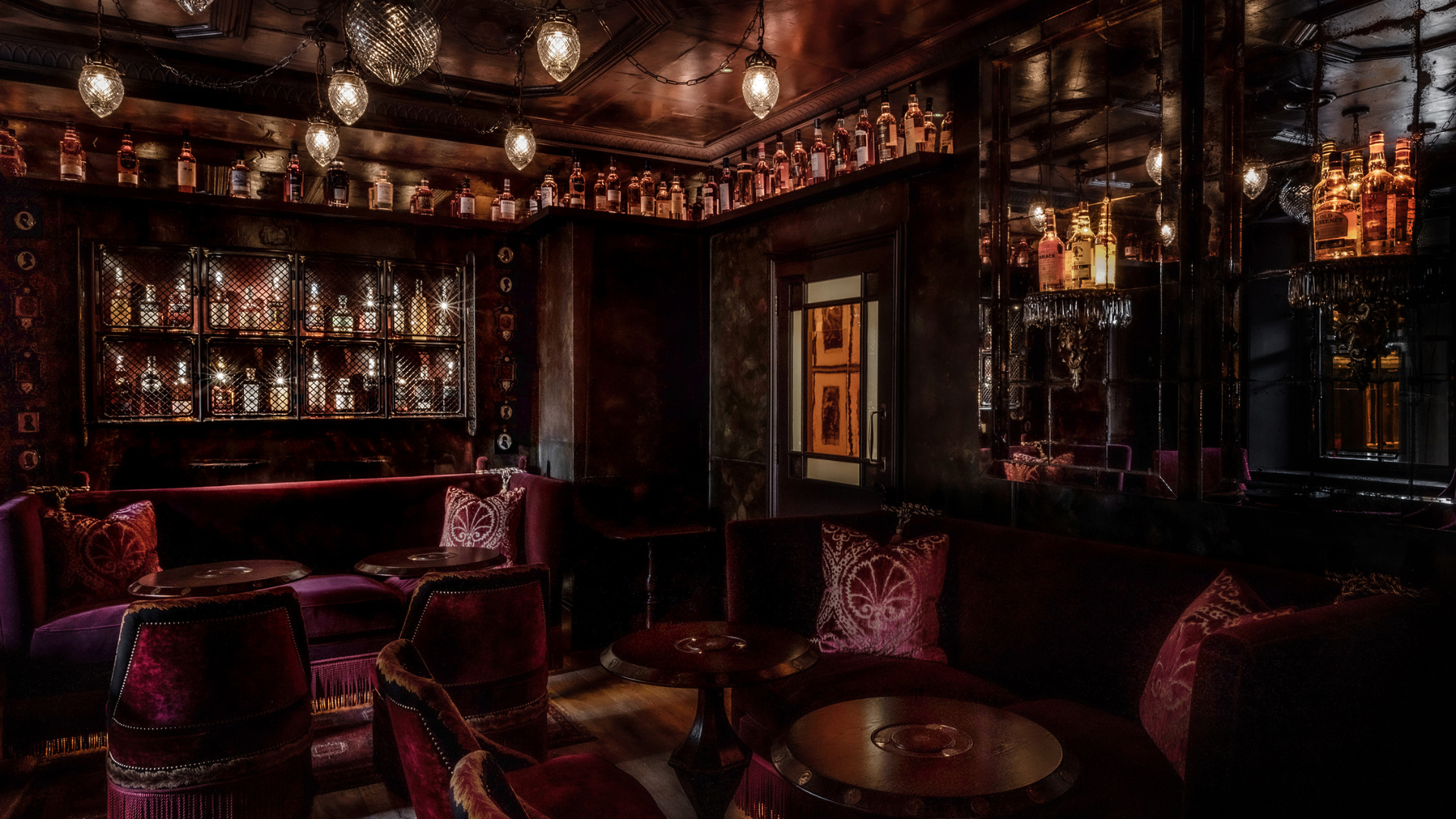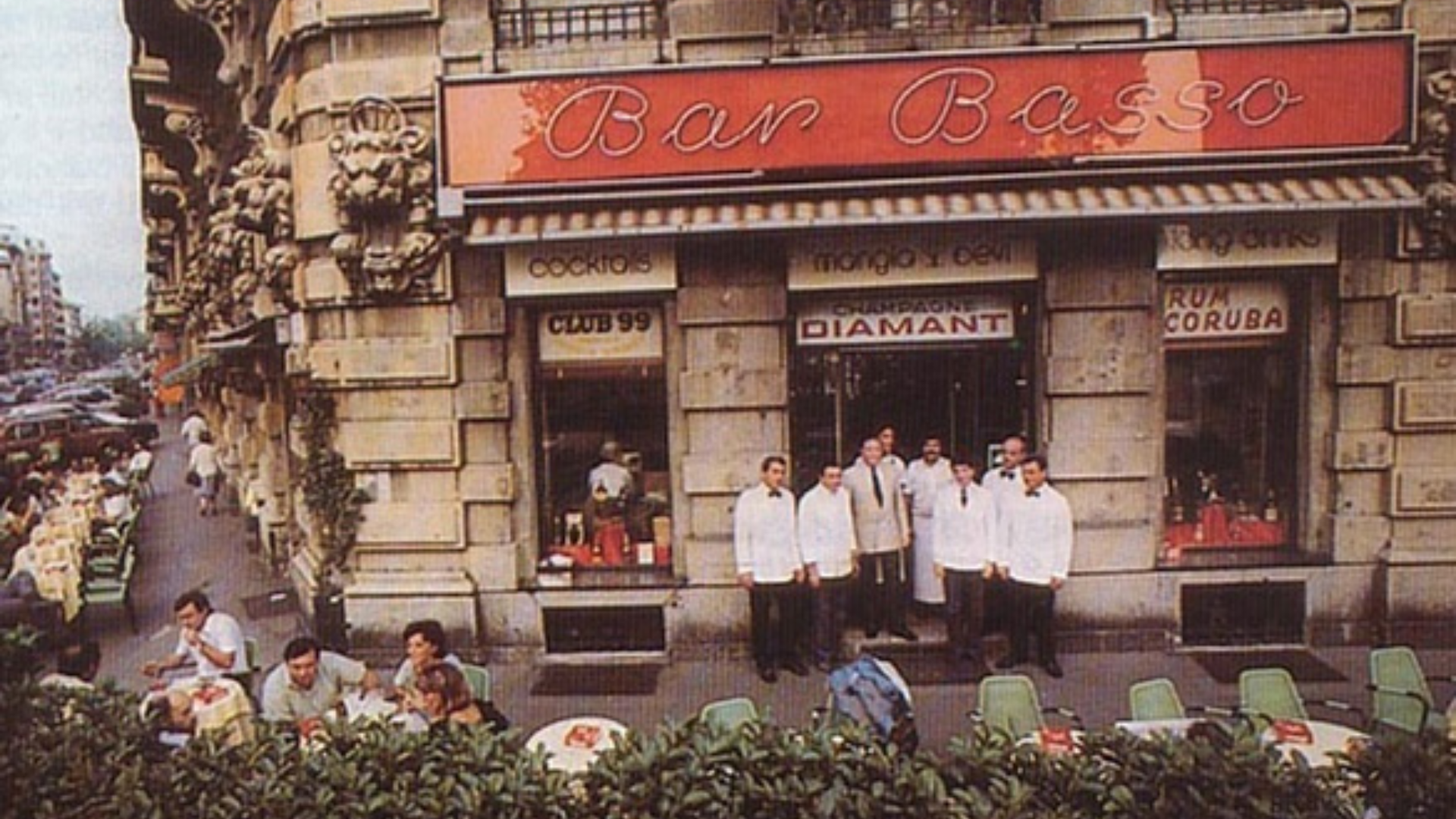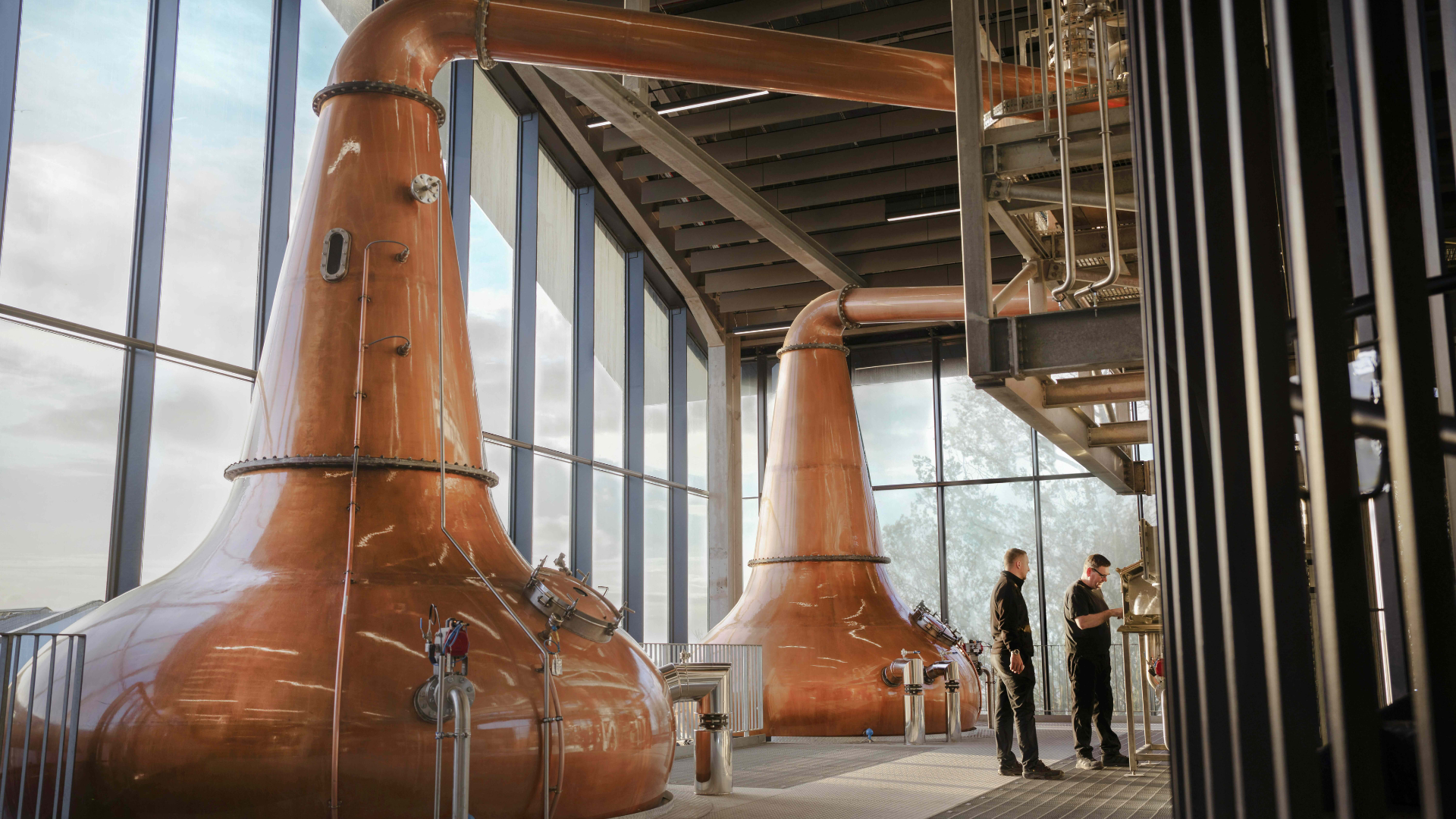The Vine of Beauty: The Rothschild Family's Wine Heritage
The Rothschild family has achieved exalted status in winemaking over the past couple of centuries. Trying to decide on the No.1 vintage from their magnificent cellars may take a lot longer...

As a self-employed oenophile, I admit I do my fair share of work from bed. It turns out I am in great company, as the late Baron Philippe de Rothschild agreed to a collaboration with Robert Mondavi from bed in 1978. It was a collaboration that brought about Opus One, one of the most highly regarded wines from Napa Valley.
When it comes to wine and the Rothschild family, I am often surprised by how much they own. Across the three branches of the Rothschild family, there are 26 estates and 132 different wines. As I was writing this, VinePair reported that, “Domaines Barons de Rothschild Lafite (DBR Lafite), owner of the prestige, first-growth Bordeaux estate Château Lafite Rothschild, has acquired chablis producer Domaine William Fèvre for an undisclosed sum”. It is their first foray into burgundy, and an exciting one, for William Fèvre produce some cracking chardonnay. While it is hard to keep up, the name runs deep when it comes to bordeaux. I think it is fairly common knowledge that they are the family behind the brilliance of Château Mouton, which Baron Nathaniel de Rothschild purchased in 1853. The beady-eyed among you may have spotted the 2000 vintage on the Beckhams’ dinner table at Christmas. These wines became transcendent when, in 1945, the Rothschilds decided to commission a contemporary artist to create the label each year, making them unique and perhaps even more collectable. The latest release, from 2021, features artwork by the Japanese artist Chiharu Shiota entitled ‘Universe of Mouton’.




|
TOO GOOD TO BE TRUE? HOW CAN YOU AVOID BUYING A FAKE?
|
Château Lafite was purchased in 1868, this time by Baron James de Rothschild. These wines continue to be some of the most sought- after in the world, and, doubtless due to the success of Mouton, Baron Philippe de Rothschild bought the neighbouring estates in Pauillac, Château Clerc Milon and Château d’Armailhac. In terms of pricing, you can buy a case of 2000 Château Clerc Milon for £1,800 in bond at Berry Bros. & Rudd. You are looking at around £2,400 for a single bottle of Château Mouton of the same vintage.
What else is on the Rothschild roster? Well, a third branch of the family, Baron Edmond de Rothschild, purchased Château Clarke in the 1970s and today produces wine in Listrac-Médoc, Puisseguin Saint-Émilion, Argentina, New Zealand and South Africa. Their new addition to the portfolio is a rosé from Provence in collaboration with Château Roubine. Finally, there is Champagne Barons de Rothschild, a joint venture between the different Rothschild families.


In the early 1920s, aged 21, Baron Philippe de Rothschild inherited Mouton as a young man and visited for the first time. It is said that he immediately fell in love with the property, the land and the people, and set about making Mouton an exceptional wine. He innovated and pushed boundaries: for example, by becoming the first château in Bordeaux to bottle its own wine at the château, protecting the quality assurance of the wine. It seems strange to think of this as controversial, as it wasn’t long before it became the preferred method for top estates. Today it is common practice and part of the marketing story. In 1952, Baron Philippe de Rothschild would begin a lengthy battle fighting for Château Mouton Rothschild to be promoted to 1855 First Growth. It wasn’t until June 23, 1973 that he was successful, and Mouton joined Lafite Rothschild, Margaux, Haut-Brion and Latour as First Growth of Bordeaux.
In 1975 Baron Eric inherited Château Lafite Rothschild, and for the following 40 years improved Lafite’s standing. Today, Philippe Sereys de Rothschild runs Château Mouton Rothschild with his brother and sister, and next door, at Château Lafite Rothschild, Saskia de Rothschild undertakes a quiet revolution of returning the vineyards to traditional (pre-1945) methods of farming regeneratively.
















A favourite of mine, perhaps because it is more attainable and approachable, is a wine from the Languedoc, Domaine de Baronarques, which is owned by Camille Sereys de Rothschild, Philippe Sereys de Rothschild and Julien de Beaumarchais de Rothschild. The domaine was acquired in 1998, and it is the latest property to join the family’s illustrious portfolio. I tried this wine on a trip to Languedoc, and I was blown away by the outstanding quality. Languedoc is an interesting region. It has always been seen as ‘affordable’ because of the exceptional conditions for growing grapes, which means they can often produce larger quantities than elsewhere. A family with the gravitas of the Rothschilds making wine in Languedoc can do only great things for the region as a whole. They produce a premium red wine from a blend of bordeaux grapes, including merlot, cabernet franc and cabernet sauvignon, and Mediterranean grapes including syrah and malbec, sometimes known as ‘cot’ in Languedoc. The white wine is all made from chardonnay.
It is the bordeaux varietals that the Rothschilds know best, whether in Bordeaux itself or further afield in Napa Valley, with the Opus One partnership with Constellation Brands, formerly Robert Mondavi. Cabernet sauvignon, cabernet franc and merlot have served them well. With so much success, it is almost impossible to pick out one outstanding vintage. Sophie Hedley, from Waddesdon Manor, the home of Lord Rothschilds’ wine cellar, says: “For best vintages, there are so many to list: 1945 was an exceptional year in many ways, and produced one of the great bordeaux vintages, as did 1946. The 1959 is still one of the greatest ever, and today it’s as fresh and youthful as a wine 40 years younger. The 1961 and 1982 are among collectors’ favourites. 1986 and 1996 are both still young vintages but have great finesse and power. More recently, 2020 produced something quite unique, as did 2022.”
The cellar at Waddesdon Manor, in Buckinghamshire, has vintages of Lafite and Mouton going back to the 1870s, and boasts the largest private collection of these wines outside of their respective châteaux. In the commercial cellars at Goedhuis-Waddesdon (a merger that was finalised in November 2023), they have vintages going back to 1986.




As historical and traditional as all this sounds, the Rothschilds are very much with the times when it comes to sustainable wine practices. Like many vineyards, and indeed farms, during the 20th century modern agricultural practices were introduced to their businesses and their viticulture. The spraying of crops increased, hedgerows were removed to make parcels of land larger, and some techniques in the winery were modernised. Yet as with farming in the U.K., over the past 10 years there has been a strong movement back to 19th-century farming techniques, with hedgerows reintroduced to increase biodiversity, trees planted in the vineyard to add shade, and different types of cover crop planted to increase diverse wildlife and biodiversity in the vineyard. “In a way, as the 21st century develops, many châteaux are simply returning to techniques used 100 years ago,” Hedley says. “This may result in smaller crops, but it’s certainly the right way for a vineyard to be managed for the environment.”


|
MAKING A MARK |
If you would like to experience some of the Rothschilds’ wines, Waddesdon Manor is open to the public and offers informal tastings in the shop and cellars.







